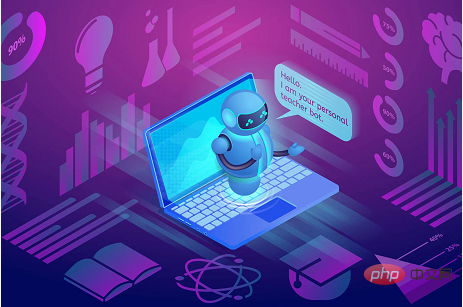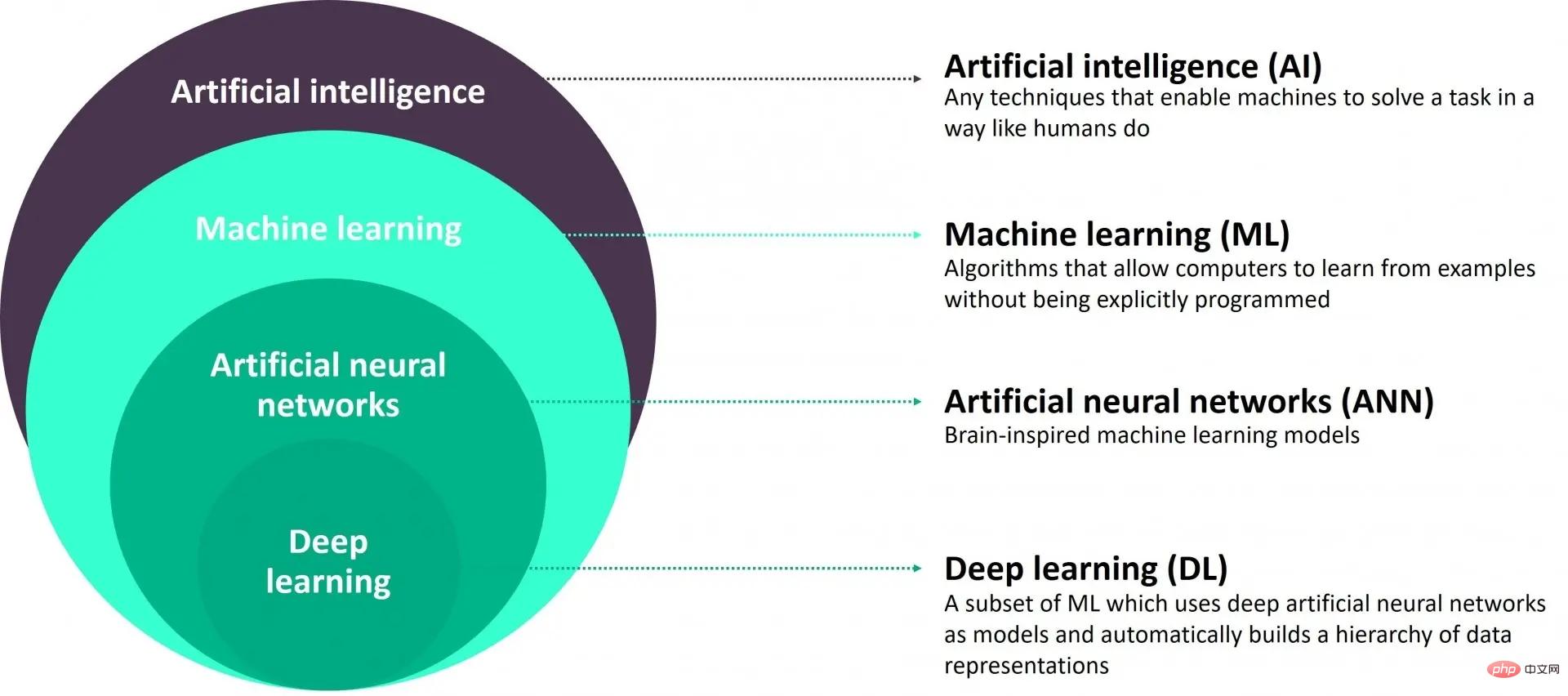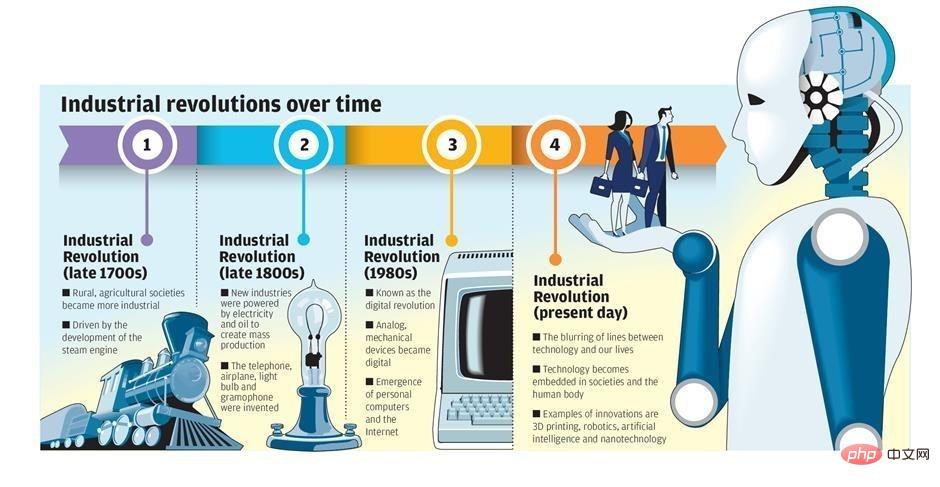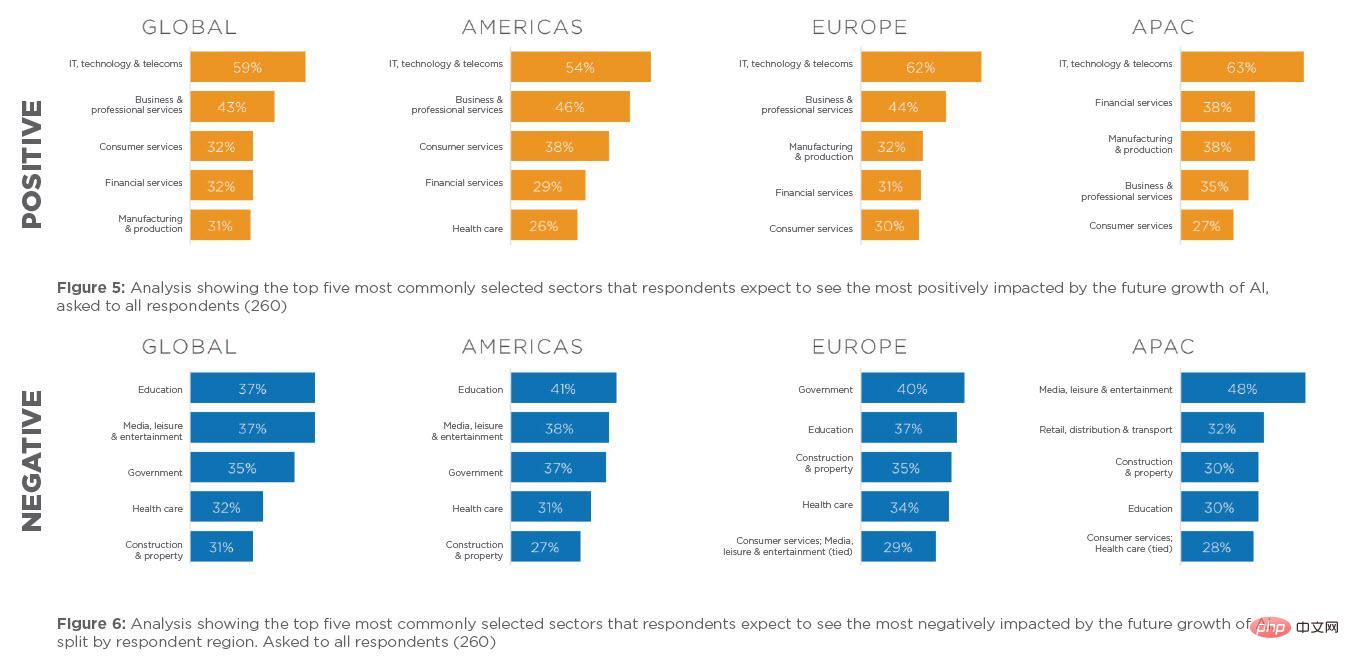The rise of GPT4 and why companies are investing in AI

Artificial Intelligence (AI) will have a major impact on the future of work.
Businesses must ensure their employees have the right skill sets to keep up with changing technologies.
Artificial Intelligence in the Fourth Industrial Revolution
The fourth industrial revolution is centered on artificial intelligence. The convergence of ever-increasing computing power, machine learning, and big data analytics is reshaping our world. Today’s computers are cognitively evolved knowledge machines with 10-15 layers of neural networks.
There are several subsets of artificial intelligence:
- Machine Learning
- Deep Learning
- Computer Vision
- Natural Language Processing
- Professional System
- Robotics
- Machine Vision

With the advancement of AI technology, some examples Linear and repetitive tasks may be automated, which may result in job losses and the need for employees to develop new skills and abilities.

Artificial intelligence will change the way we work and the work we do. Despite concerns about job losses, AI has the potential to enhance human capabilities while creating new jobs and industries.
Individuals and organizations must proactively develop new skills and embrace lifelong learning to prepare for the jobs of the future. Artificial intelligence could have a major impact on how we collaborate and communicate in the workplace, thanks to new tools and technologies that make collaboration across teams and geographies more effective and efficient. Ethical considerations are also important when it comes to AI and the future of work, as companies must ensure that the use of AI is fair, transparent and responsible.
While the future of work is uncertain, one thing is certain: Artificial intelligence will play a major role in shaping it, and those who can adapt and embrace new technologies will be the most successful in the coming years.
Advances in Generative AI and the Arrival of GPT-4
Several factors are helping to improve generative AI, including:
- Powerful Data: With the recent explosion of digital data, there is now more data available for training generative models. Due to the increased availability of data, models can now learn from larger and more diverse datasets, which in our opinion improves performance.
- Advanced Algorithms: Generative modeling algorithms such as Generative Adversarial Networks (GANs), Variational Autoencoders (VAEs), and Transformers have made significant progress in recent years. These models are more capable of capturing complex relationships in data and generating high-quality samples.
- More powerful hardware: More powerful hardware, such as GPUs and TPUs (Tensor Processing Units), enable researchers to train larger and more complex models. The ability to train larger models significantly improves the quality of the generated models.
- Transfer Learning: Transfer learning allows a model pretrained on a large dataset to be fine-tuned on a smaller, task-specific dataset or a set of cues designed for that task . By leveraging pre-trained knowledge, generative AI can often produce higher-quality output with less data and training time.
In recent years, generative artificial intelligence, including deep learning models such as GPT-3, has made significant progress in generating human-like text, music, and even images. However, it’s worth noting that AI is still a long way from surpassing humans or surpassing us in general intelligence. While AI can excel at specific tasks such as chess or face recognition, it lacks the general cognitive abilities and creativity that humans possess.

GPT4 can process up to 25,000 words per second, which is approximately eight times faster than ChatGPT. Progress in generative AI and other areas of machine learning is likely to continue in the coming years.
Although humans increasingly rely on artificial intelligence in all aspects of life, it must be recognized that artificial intelligence cannot replace human skills and expertise. Instead, AI can be a valuable tool to augment and enhance human capabilities. Therefore, individuals and organizations must better understand AI and its potential applications and consider the ethical implications of its use.
Why Businesses Invest in Artificial Intelligence: Improving Efficiency, Insights, and Decision Making
Companies that integrate artificial intelligence (AI) systems into their operations, products and services, and corporate strategy are transformative The commercial value of sex.
Many businesses are investing in artificial intelligence for a variety of reasons.

Source: Forbes
Artificial intelligence can help companies improve efficiency and productivity. Artificial intelligence can reduce the time and resources required to complete certain tasks through automation, allowing employees to focus on more important and strategic work.
Artificial intelligence can provide valuable insights into customer behavior and preferences. Artificial intelligence can help businesses identify patterns and trends that are difficult to spot by analyzing large amounts of data. This data can be used to improve products and services, target marketing campaigns more effectively, and ultimately increase revenue.
Artificial intelligence can improve decision-making by providing real-time data analysis and recommendations. This helps businesses make more informed and accurate decisions, reduce the risk of errors and improve outcomes.
Some businesses are investing in artificial intelligence to gain a competitive advantage. Businesses can differentiate themselves from competitors, attract and retain customers, and set themselves up for long-term success by implementing AI early.
Are we approaching the singularity?
The concept of "singularity" refers to a hypothetical point in time when technological advancement exceeds human intelligence and becomes impossible to predict or control by humans.
While it’s difficult to predict the future of technology with certainty, many experts believe we’re not close to achieving the singularity yet. Although artificial intelligence has made significant progress in recent years, it still has limitations and cannot yet surpass human intelligence in all fields.
It’s worth noting that the concept of the singularity is hotly debated and controversial among experts, and there’s no consensus on whether it’s a realistic or even a desirable outcome. Some consider the idea more science fiction than science, while others believe it poses significant risks and challenges that must be carefully considered and addressed.
The above is the detailed content of The rise of GPT4 and why companies are investing in AI. For more information, please follow other related articles on the PHP Chinese website!

Hot AI Tools

Undresser.AI Undress
AI-powered app for creating realistic nude photos

AI Clothes Remover
Online AI tool for removing clothes from photos.

Undress AI Tool
Undress images for free

Clothoff.io
AI clothes remover

Video Face Swap
Swap faces in any video effortlessly with our completely free AI face swap tool!

Hot Article

Hot Tools

Notepad++7.3.1
Easy-to-use and free code editor

SublimeText3 Chinese version
Chinese version, very easy to use

Zend Studio 13.0.1
Powerful PHP integrated development environment

Dreamweaver CS6
Visual web development tools

SublimeText3 Mac version
God-level code editing software (SublimeText3)

Hot Topics
 1387
1387
 52
52
 ChatGPT now allows free users to generate images by using DALL-E 3 with a daily limit
Aug 09, 2024 pm 09:37 PM
ChatGPT now allows free users to generate images by using DALL-E 3 with a daily limit
Aug 09, 2024 pm 09:37 PM
DALL-E 3 was officially introduced in September of 2023 as a vastly improved model than its predecessor. It is considered one of the best AI image generators to date, capable of creating images with intricate detail. However, at launch, it was exclus
 The perfect combination of ChatGPT and Python: creating an intelligent customer service chatbot
Oct 27, 2023 pm 06:00 PM
The perfect combination of ChatGPT and Python: creating an intelligent customer service chatbot
Oct 27, 2023 pm 06:00 PM
The perfect combination of ChatGPT and Python: Creating an Intelligent Customer Service Chatbot Introduction: In today’s information age, intelligent customer service systems have become an important communication tool between enterprises and customers. In order to provide a better customer service experience, many companies have begun to turn to chatbots to complete tasks such as customer consultation and question answering. In this article, we will introduce how to use OpenAI’s powerful model ChatGPT and Python language to create an intelligent customer service chatbot to improve
 How to install chatgpt on mobile phone
Mar 05, 2024 pm 02:31 PM
How to install chatgpt on mobile phone
Mar 05, 2024 pm 02:31 PM
Installation steps: 1. Download the ChatGTP software from the ChatGTP official website or mobile store; 2. After opening it, in the settings interface, select the language as Chinese; 3. In the game interface, select human-machine game and set the Chinese spectrum; 4 . After starting, enter commands in the chat window to interact with the software.
 How to develop an intelligent chatbot using ChatGPT and Java
Oct 28, 2023 am 08:54 AM
How to develop an intelligent chatbot using ChatGPT and Java
Oct 28, 2023 am 08:54 AM
In this article, we will introduce how to develop intelligent chatbots using ChatGPT and Java, and provide some specific code examples. ChatGPT is the latest version of the Generative Pre-training Transformer developed by OpenAI, a neural network-based artificial intelligence technology that can understand natural language and generate human-like text. Using ChatGPT we can easily create adaptive chats
 Can chatgpt be used in China?
Mar 05, 2024 pm 03:05 PM
Can chatgpt be used in China?
Mar 05, 2024 pm 03:05 PM
chatgpt can be used in China, but cannot be registered, nor in Hong Kong and Macao. If users want to register, they can use a foreign mobile phone number to register. Note that during the registration process, the network environment must be switched to a foreign IP.
 How to build an intelligent customer service robot using ChatGPT PHP
Oct 28, 2023 am 09:34 AM
How to build an intelligent customer service robot using ChatGPT PHP
Oct 28, 2023 am 09:34 AM
How to use ChatGPTPHP to build an intelligent customer service robot Introduction: With the development of artificial intelligence technology, robots are increasingly used in the field of customer service. Using ChatGPTPHP to build an intelligent customer service robot can help companies provide more efficient and personalized customer services. This article will introduce how to use ChatGPTPHP to build an intelligent customer service robot and provide specific code examples. 1. Install ChatGPTPHP and use ChatGPTPHP to build an intelligent customer service robot.
 How to use ChatGPT and Python to implement user intent recognition function
Oct 27, 2023 am 09:04 AM
How to use ChatGPT and Python to implement user intent recognition function
Oct 27, 2023 am 09:04 AM
How to use ChatGPT and Python to implement user intent recognition function Introduction: In today's digital era, artificial intelligence technology has gradually become an indispensable part in various fields. Among them, the development of natural language processing (Natural Language Processing, NLP) technology enables machines to understand and process human language. ChatGPT (Chat-GeneratingPretrainedTransformer) is a kind of
 The perfect combination of ChatGPT and Python: building a real-time chatbot
Oct 28, 2023 am 08:37 AM
The perfect combination of ChatGPT and Python: building a real-time chatbot
Oct 28, 2023 am 08:37 AM
The perfect combination of ChatGPT and Python: Building a real-time chatbot Introduction: With the rapid development of artificial intelligence technology, chatbots play an increasingly important role in various fields. Chatbots can help users provide immediate and personalized assistance while also providing businesses with efficient customer service. This article will introduce how to use OpenAI's ChatGPT model and Python language to create a real-time chat robot, and provide specific code examples. 1. ChatGPT




